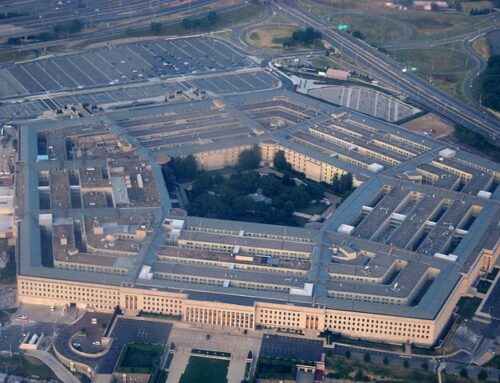Members of Congress are finally waking up to the fact that a billion-dollar behemoth is about to rise from America’s southwestern border. Hearings are being called and reports reviewed in an effort to impose some kind of accountability on the Department of Homeland Security’s proposed border fence. Yet these efforts may ultimately produce little more than refrains of the adage “too little, too late.”
TCS took a field trip this week to Brownsville, Texas, for a House Natural Resources joint subcommittee hearing on the potential impacts of the border wall planned for north of the Rio Grande River. The most startling revelation from local residents and officials was the degree of darkness the Department of Homeland Security has kept them in. Though the 2008 omnibus spending bill released DHS Secretary Michael Chertoff from his mandate to build hundreds of miles of wall, DHS continues to move in that direction: On April 1, DHS waived more than 30 conservation and regulatory laws under the 2005 REAL ID act in order to expedite fence construction. Details about what this construction will look like, however, have not materialized.
Congress withheld half of DHS’ $1.2 billion in 2008 fence funding until the agency submitted an expenditure plan that analyzed alternatives for each 15-mile border segment based on cost, community impacts and other factors. The homeland security appropriations subcommittees in both chambers are currently reviewing the report, as is the Government Accountability Office. However, DHS can legally use the money it already has to start pouring concrete even if Congress doesn’t approve the plan.
Hearing witnesses such as the Department of Interior’s borderlands coordinator testified that this compressed time frame would magnify the cost and impact of the fence. These costs are significant. In our testimony, we pointed out that:
· While investment in border infrastructure increased from $6 million in 2002 to $647 million in 2007, CBP apprehensions continued to hover around 100,000 per year;
· A fence built along 14 miles of San Diego border touted as a prototype for future efforts will cost upwards of $10 million per mile—more than 10 times the initial estimate;
· The estimated cost of maintaining the fence over 25 years ranges from $300 million to $1.7 billion per mile, depending on materials.
Would DHS roll ahead with a project this expensive before its costs are vetted by Congress? Reminds us of another favorite proverb: “Haste makes waste.”











Get Social